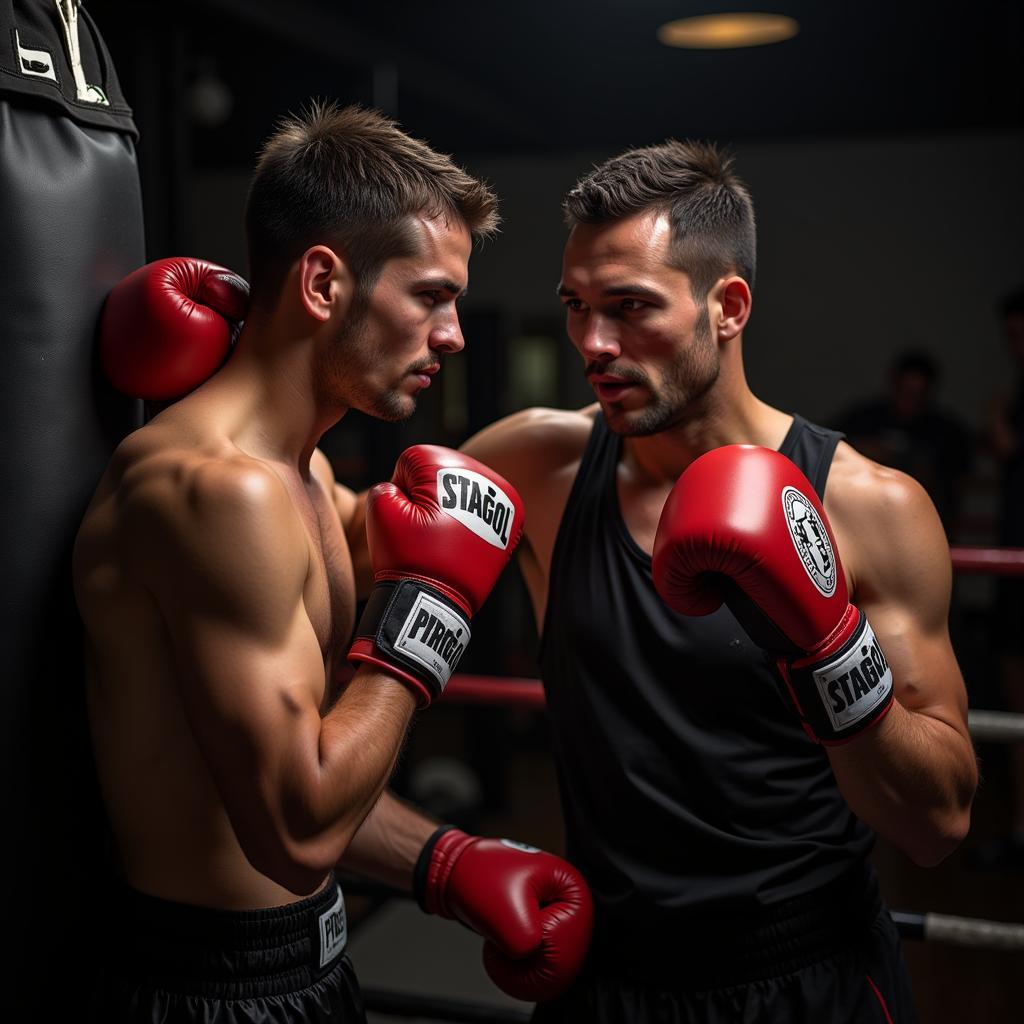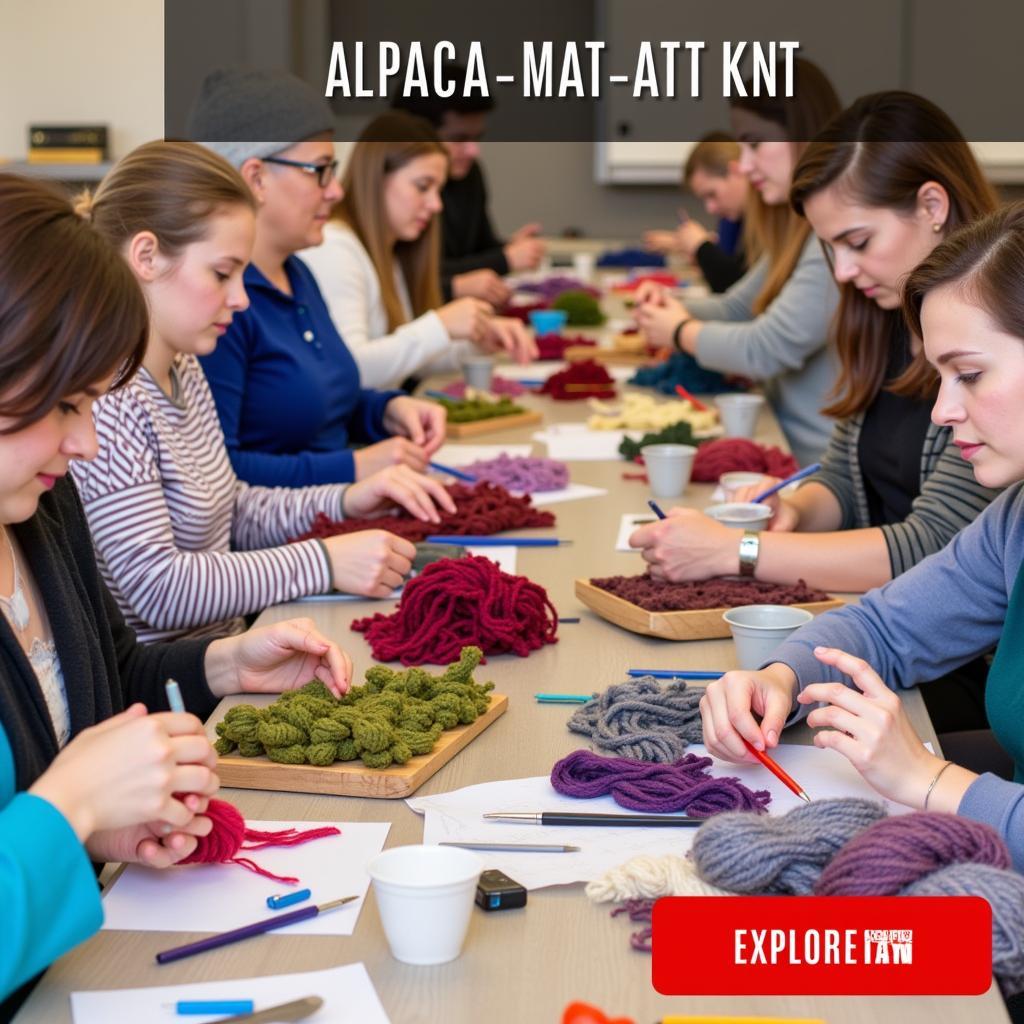Exploring the Vibrant World of Mexican Folk Art Animals
Mexican Folk Art Animals burst with color, texture, and symbolism, offering a captivating glimpse into Mexican culture and traditions. These whimsical creatures, crafted from wood, clay, textiles, and other materials, aren’t just decorative objects; they represent a rich tapestry of stories, beliefs, and artistic expression.  Brightly colored alebrijes, examples of Mexican folk art animals
Brightly colored alebrijes, examples of Mexican folk art animals
A Legacy of Creativity: Understanding Mexican Folk Art Animals
Mexican folk art has deep roots, drawing inspiration from pre-Hispanic traditions and evolving through the influence of Spanish colonialism. This fusion of cultures created a unique artistic language that continues to thrive today. Animals hold a significant place in this artistic tradition, often symbolizing spiritual beliefs, natural forces, and everyday life. From the playful depictions of dogs and cats to the majestic representations of jaguars and eagles, Mexican folk art animals capture the essence of the natural world and its connection to human experience.
One popular form of Mexican folk art animals is alebrijes, fantastical creatures with vibrant colors and intricate patterns. Originating in Oaxaca, alebrijes are carved from wood and meticulously painted, each one a unique work of art. They often depict mythical beasts or combinations of different animals, adding to their surreal charm. You can see some excellent examples of Oaxacan art online, showcasing these magical beings. Another fascinating example is Mexican beaded art, which often incorporates animal motifs into intricate beadwork designs on clothing, accessories, and decorative items.
What are the most common Mexican folk art animals?
From the iconic jaguar to the humble donkey, many animals grace the world of Mexican folk art. Common subjects include dogs, cats, birds, deer, and fish, each carrying its own symbolic meaning. The jaguar, for instance, represents power and strength, while the deer is often associated with gentleness and grace.
How are Mexican folk art animals made?
The creation of Mexican folk art animals involves a variety of techniques, depending on the chosen medium. Wood carving, pottery, and textile work are among the most common methods. Artisans often use traditional tools and techniques passed down through generations, ensuring the preservation of these valuable skills. For those interested in oaxacan art animals, you can find resources demonstrating these traditional crafting techniques.
What materials are used to create these vibrant pieces?
Materials used in Mexican folk art range from natural resources like wood, clay, and natural dyes to more modern materials like acrylic paints and beads. The choice of materials often reflects the specific region and cultural traditions of the artisan. You can explore the vibrant world of animal symbolism in art to gain a deeper understanding of the meaning behind these creations.
“The beauty of Mexican folk art lies in its ability to connect us to the natural world and our cultural heritage,” says Maria Sanchez, a renowned art historian specializing in Mexican folk art. “These vibrant animal figures are not just decorative objects; they are vessels of stories and traditions, carrying the spirit of Mexico within them.”
Where can I find authentic Mexican folk art animals?
Authentic Mexican folk art animals can be found in various places, from local markets and artisan shops in Mexico to online platforms and specialized galleries. When purchasing, it’s important to support ethical practices and ensure that the artisans are receiving fair compensation for their work. “By supporting these artists, we are not only acquiring beautiful pieces of art but also contributing to the preservation of Mexican cultural heritage,” adds Carlos Ramirez, a leading collector of Mexican folk art.
Conclusion: Embrace the Charm of Mexican Folk Art Animals
Mexican folk art animals offer a vibrant and captivating glimpse into the rich cultural heritage of Mexico. From the whimsical alebrijes to the symbolic representations of everyday animals, these artistic creations embody a unique blend of tradition, creativity, and storytelling. By exploring and appreciating these captivating art forms, we can deepen our understanding of Mexican culture and support the talented artisans who keep these traditions alive. Remember to check out the folk art calendar for upcoming exhibitions and events.
FAQ
- What are alebrijes?
- Alebrijes are brightly colored, fantastical creatures often carved from wood and originating in Oaxaca, Mexico.
- What is the significance of animals in Mexican folk art?
- Animals often symbolize spiritual beliefs, natural forces, and aspects of daily life in Mexican culture.
- What materials are commonly used in Mexican folk art?
- Common materials include wood, clay, textiles, natural dyes, acrylic paints, and beads.
- Where can I buy authentic Mexican folk art?
- Authentic pieces can be found in local Mexican markets, artisan shops, online platforms, and specialized galleries.
- How can I support ethical practices when buying Mexican folk art?
- Ensure artisans receive fair compensation by researching and choosing reputable sources.
- What are some common Mexican folk art animal figures?
- Common figures include dogs, cats, birds, deer, fish, jaguars, and donkeys.
- What is the history of Mexican folk art animals?
- The tradition draws inspiration from pre-Hispanic traditions and has evolved through the influence of Spanish colonialism.
When you need assistance, please contact Phone Number: 02462573573, Email: [email protected]. Or visit us at Savico Megamall, 7-9 Đ. Nguyễn Văn Linh, Gia Thụy, Long Biên, Hà Nội 10000, Việt Nam. We have a 24/7 customer service team.




